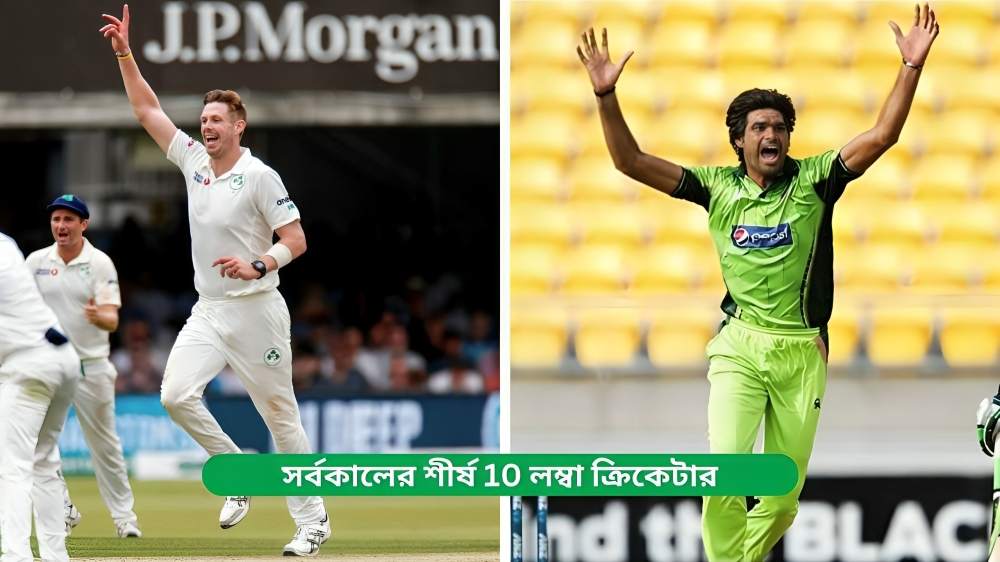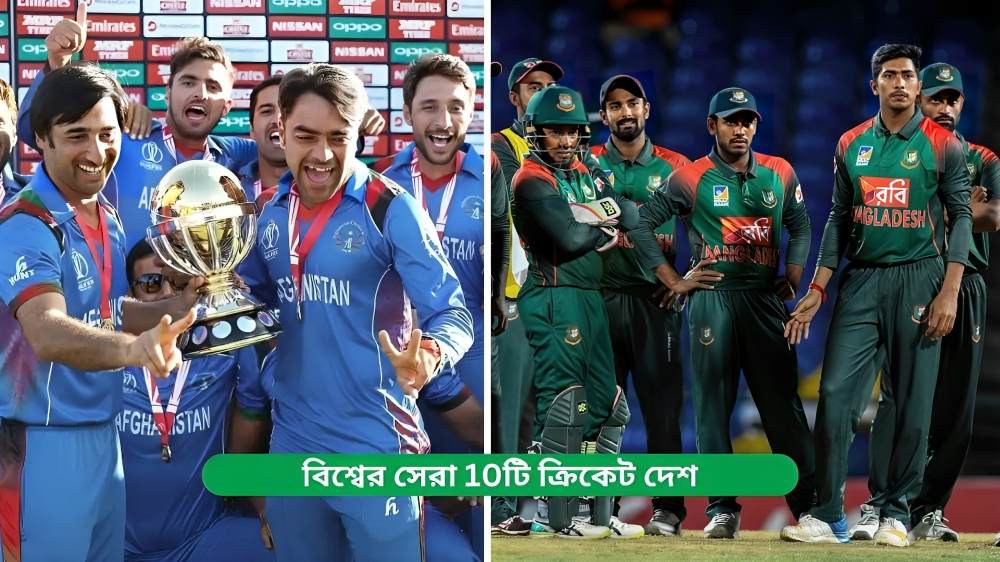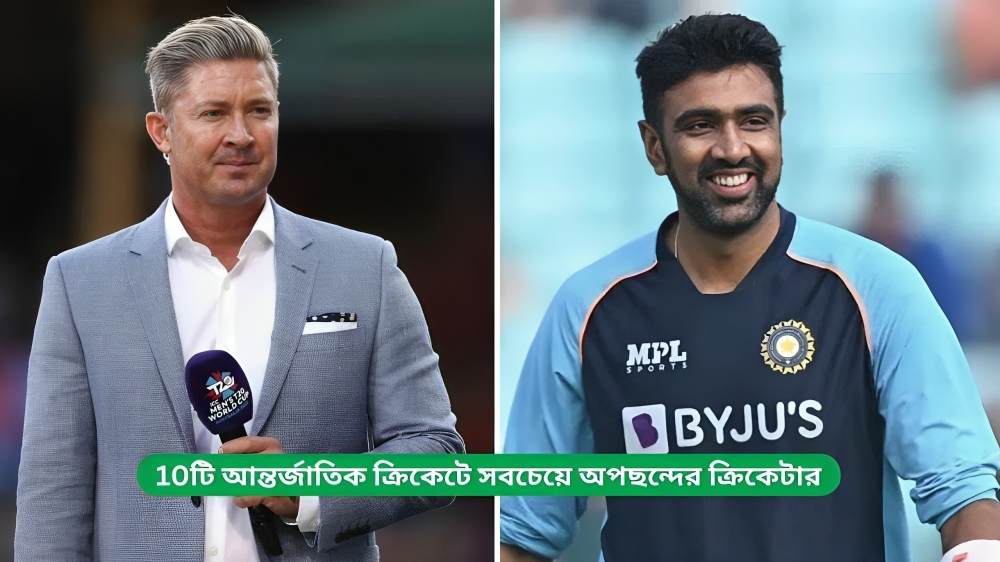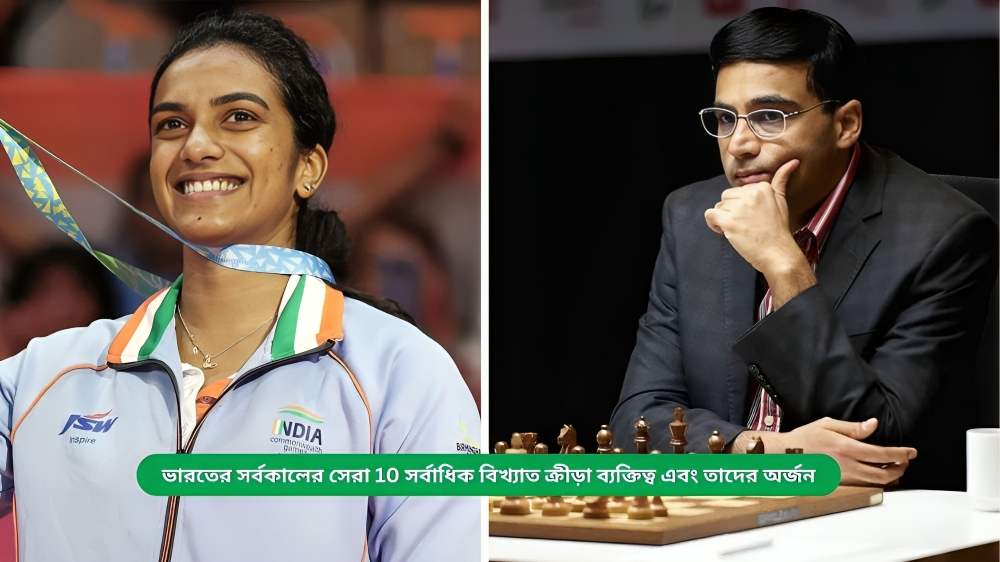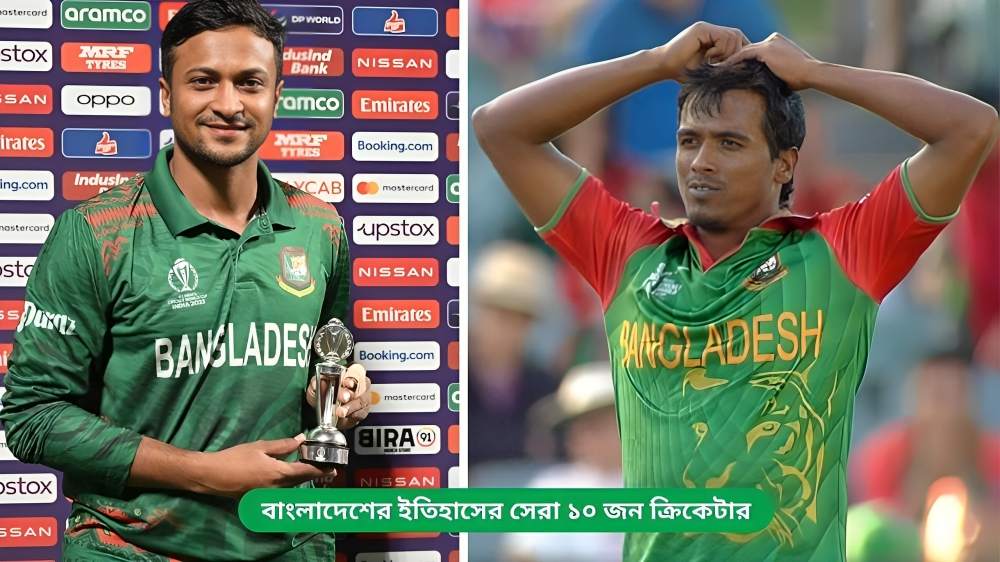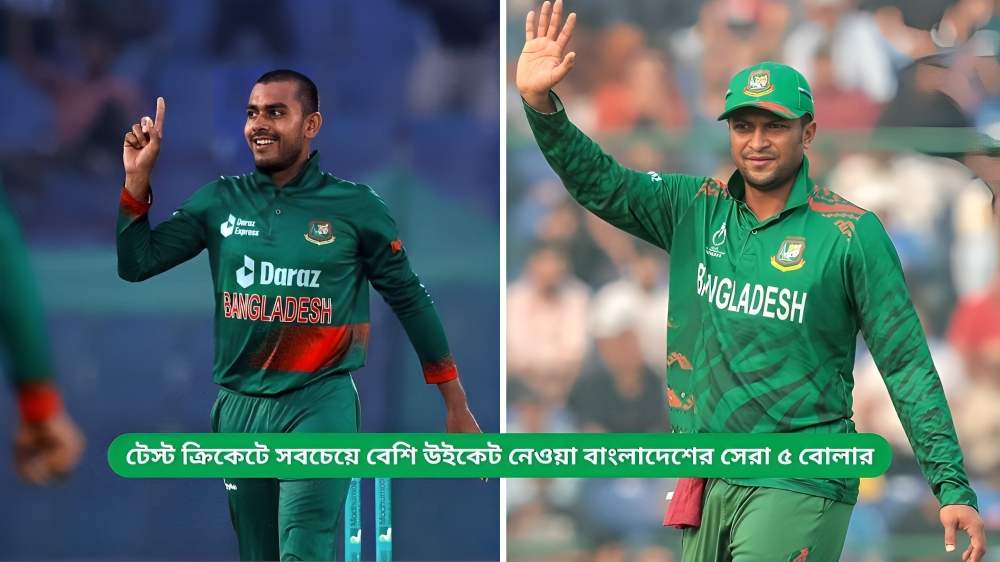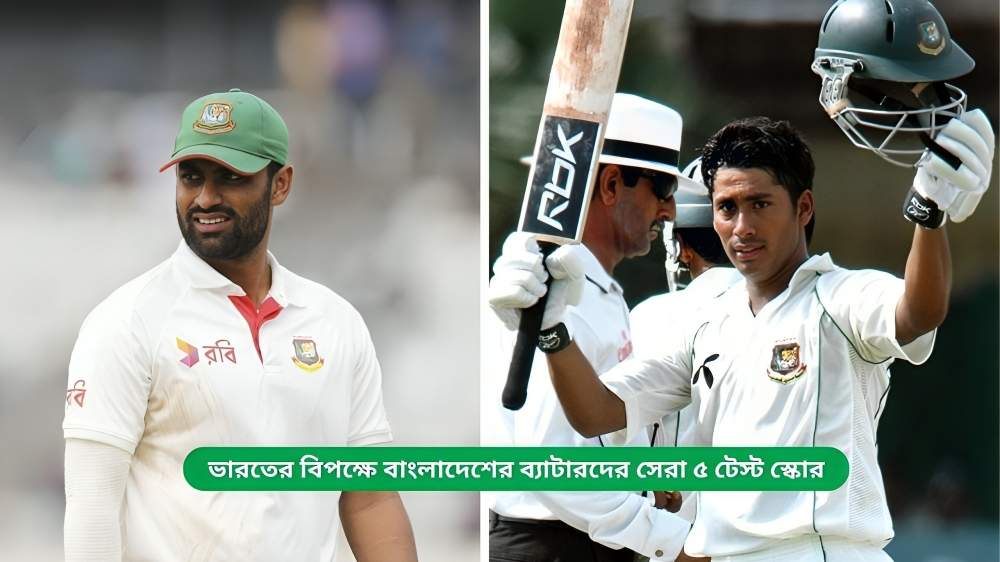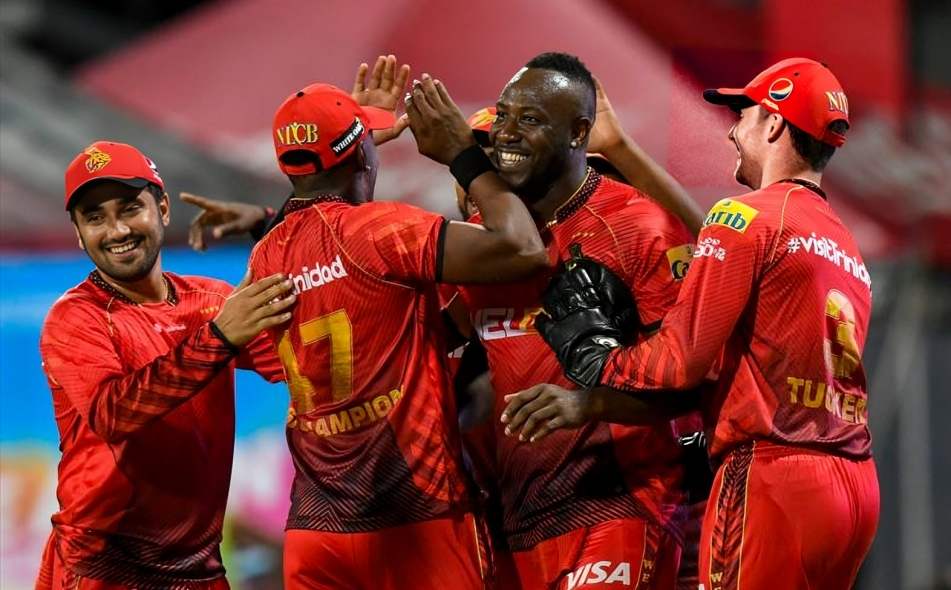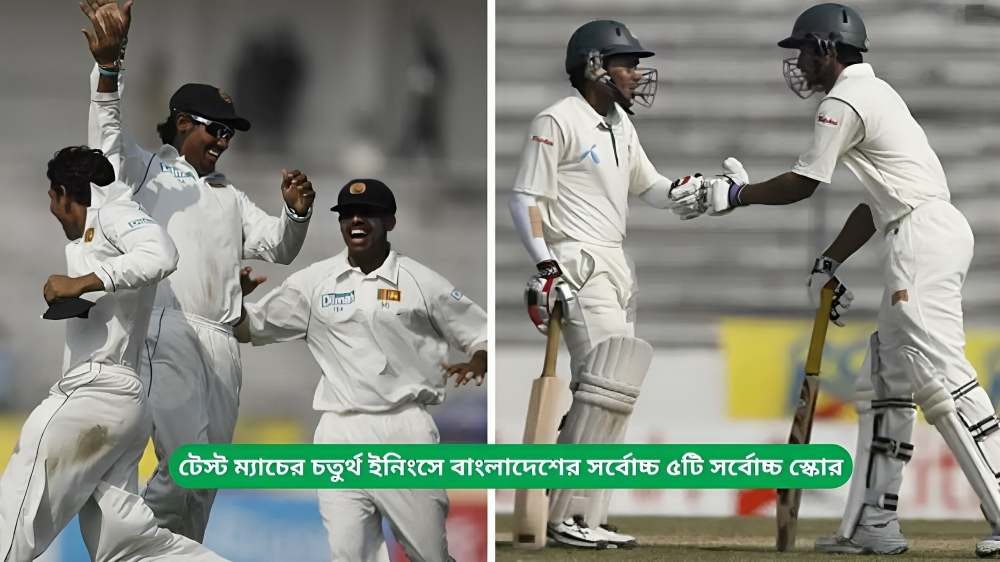A standard cricket team consists of 11 players, divided into batters, bowlers, all-rounders, and a wicketkeeper. Cricket’s inclusion in the 2028 Los Angeles Olympics is a significant moment, though the sport was previously part of the 1900 Paris Olympics, where just two teams—France and England—competed with 12 players each. Over time, the game evolved, and the 11-player format became the standard for top-level cricket, both internationally and at the club level. While alternative formats like six-a-side and five-a-side cricket exist, they are not commonly played in major competitions involving leading teams in the sport.
How many players are in a cricket team?
In cricket, each team can field a maximum of 11 players for a match, regardless of the format—Tests, ODIs, or T20s. During the game, there are typically 13 players on the field at any given time: 11 from the bowling side and two from the batting side. While only 11 players are named to the squad, the 13 players present during the match reflect the action on the field at any moment, with the bowlers and fielders facing off against the batters.
Roles in a cricket team
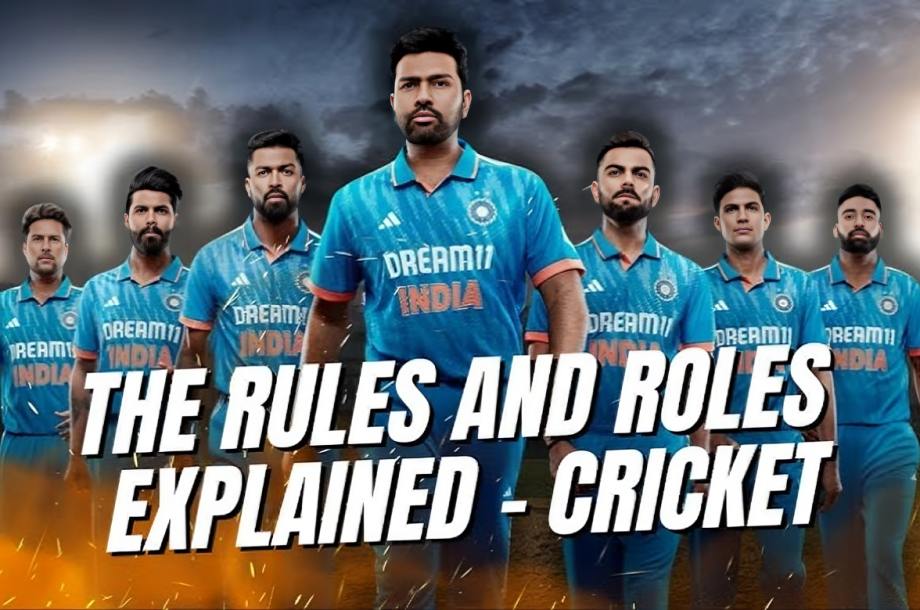
- Wicketkeeper: A key player behind the stumps, who wears gloves and pads. While not mandatory, wicketkeepers are essential for catching, stumping, advising bowlers, and helping with field placements.
- Bowlers: Specialized in bowling, they can be pacers (focusing on speed and swing) or spinners (using turn and variations in flight). Pacers typically bowl with the new ball, while spinners often bowl with the older ball for extra turn.
- Batters: Players who score runs. The opening pair is crucial, taking the first two batting spots.
- All-rounders: Players skilled in both batting and bowling. Batting all-rounders are better with the bat but bowl, while bowling all-rounders are primarily bowlers who can contribute with the bat.
The team’s composition can vary, allowing flexibility in choosing the right mix based on strategy, surface conditions, and player availability. During the bowling phase, 10 fielders support the bowler.
Substitutions in cricket

In international cricket, substitutions are not as significant as in football. While teams can substitute fielders due to injury, the substitute is only allowed to field, not bowl or bat. Any dismissals affected by substitute fielders still count.
If a bowler leaves the field for treatment, they must return for the exact duration they were off before resuming bowling. Similarly, a player who leaves before the innings turnover cannot immediately bat; they must wait the same amount of time they were off the field.
Since 2019, the International Cricket Council (ICC) has allowed concussion replacements in international matches. These replacements must be like-for-like, meaning if a batter suffers a concussion, they can only be replaced by another batter, and the replacement must be approved by the Match Referee.
Impact player rule in IPL

Although the ICC has experimented with tactical substitutions in international cricket, these did not evolve into formal rules. However, tactical substitutions have become a feature in franchise cricket leagues like the Big Bash League (BBL) and the Indian Premier League (IPL).
In the IPL, the Impact Player Rule, introduced in the 2023 season, allows teams to make one tactical substitution to their playing XI during a match. In addition to the playing XI, teams must list four substitutes before the toss, with one of these players serving as the Impact Player during the game, following specific guidelines.




